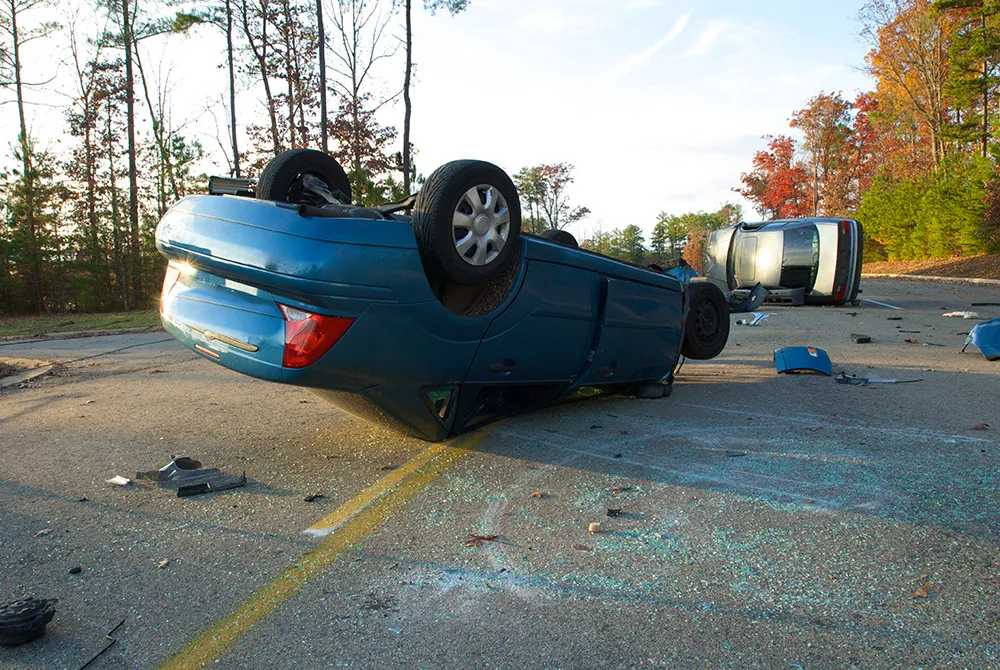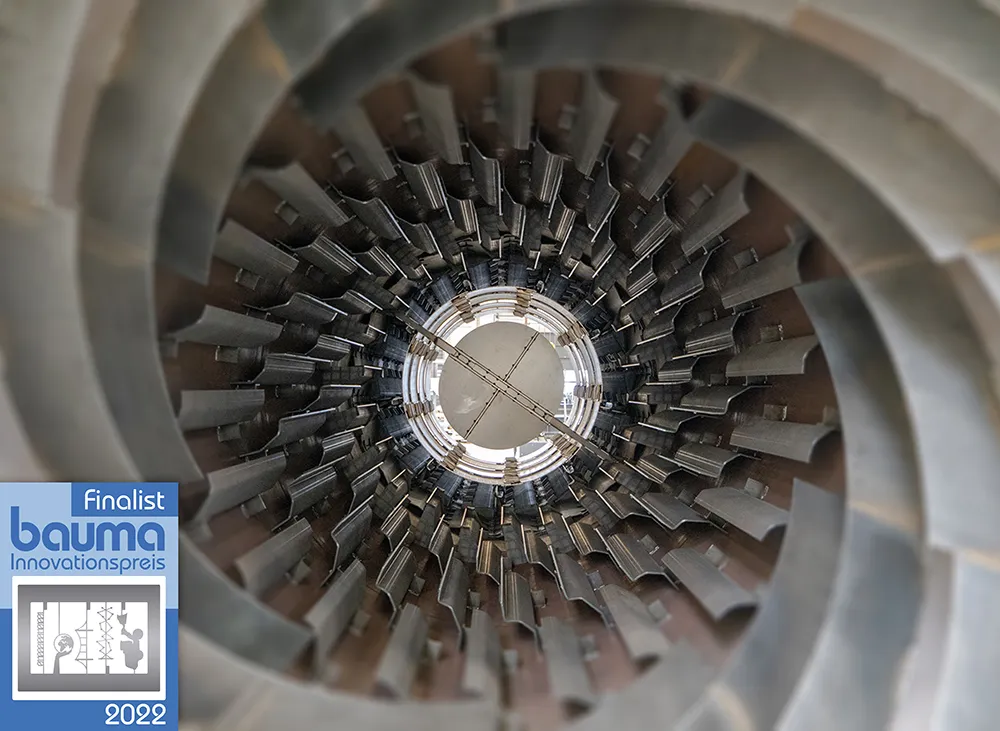A US TV channel is attempting to make car chases and action scenes containing exploding vehicles carbon neutral. Although carbon dioxide is emitted during the pursuit sequences or when vehicles are crashed and blown up, an offsetting process is being introduced. Concern for the environment has been placed as a high priority by the TV company. It is not clear whether the firm has also found a way to offset carbon or heat emissions from the large amounts of electricity consumed by lighting rigs.
July 6, 2012
Read time: 1 min
A US TV channel is attempting to make car chases and action scenes containing exploding vehicles carbon neutral. Although carbon dioxide is emitted during the pursuit sequences or when vehicles are crashed and blown up, an offsetting process is being introduced. Concern for the environment has been placed as a high priority by the TV company. It is not clear whether the firm has also found a way to offset carbon or heat emissions from the large amounts of electricity consumed by lighting rigs.








